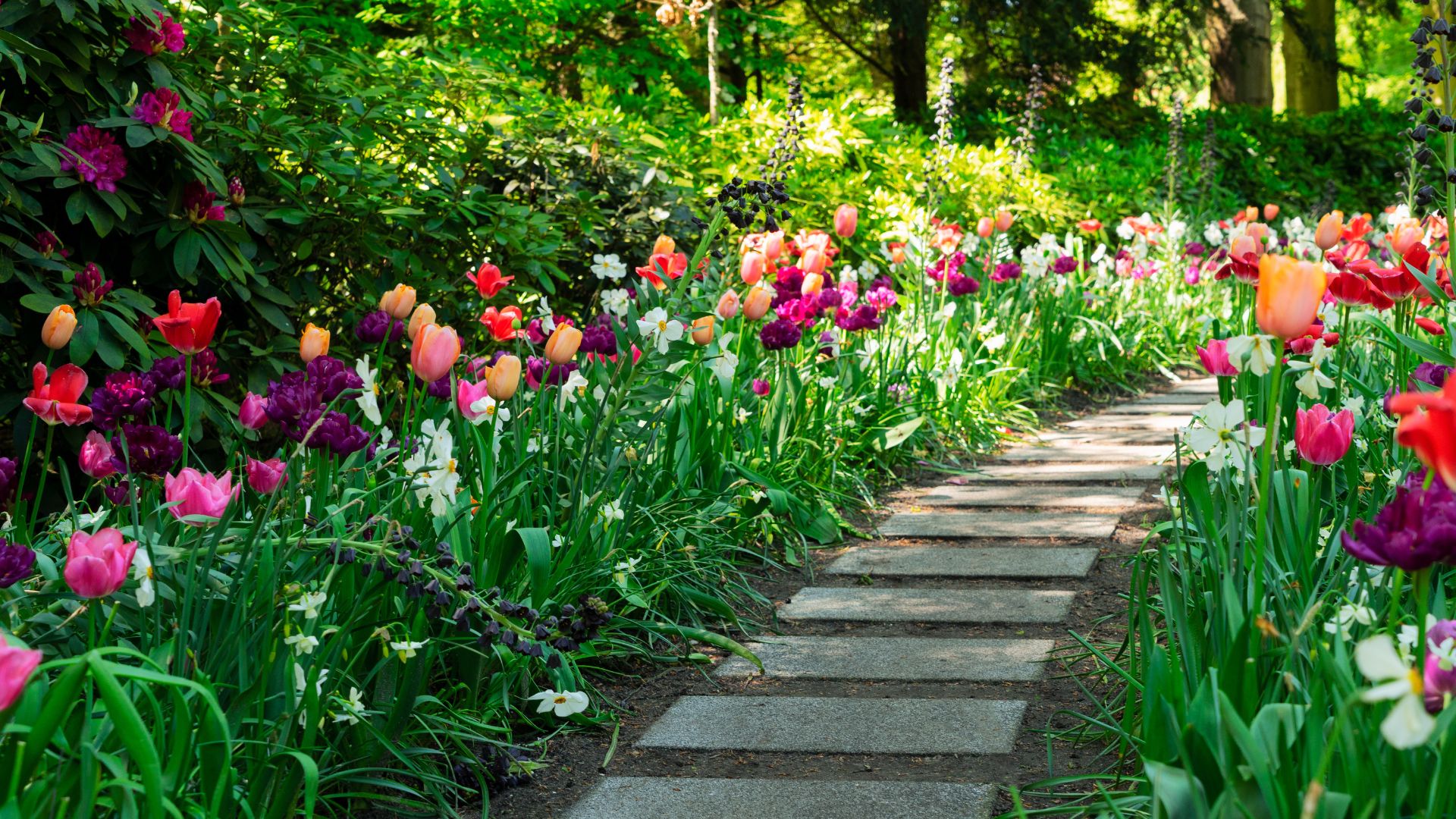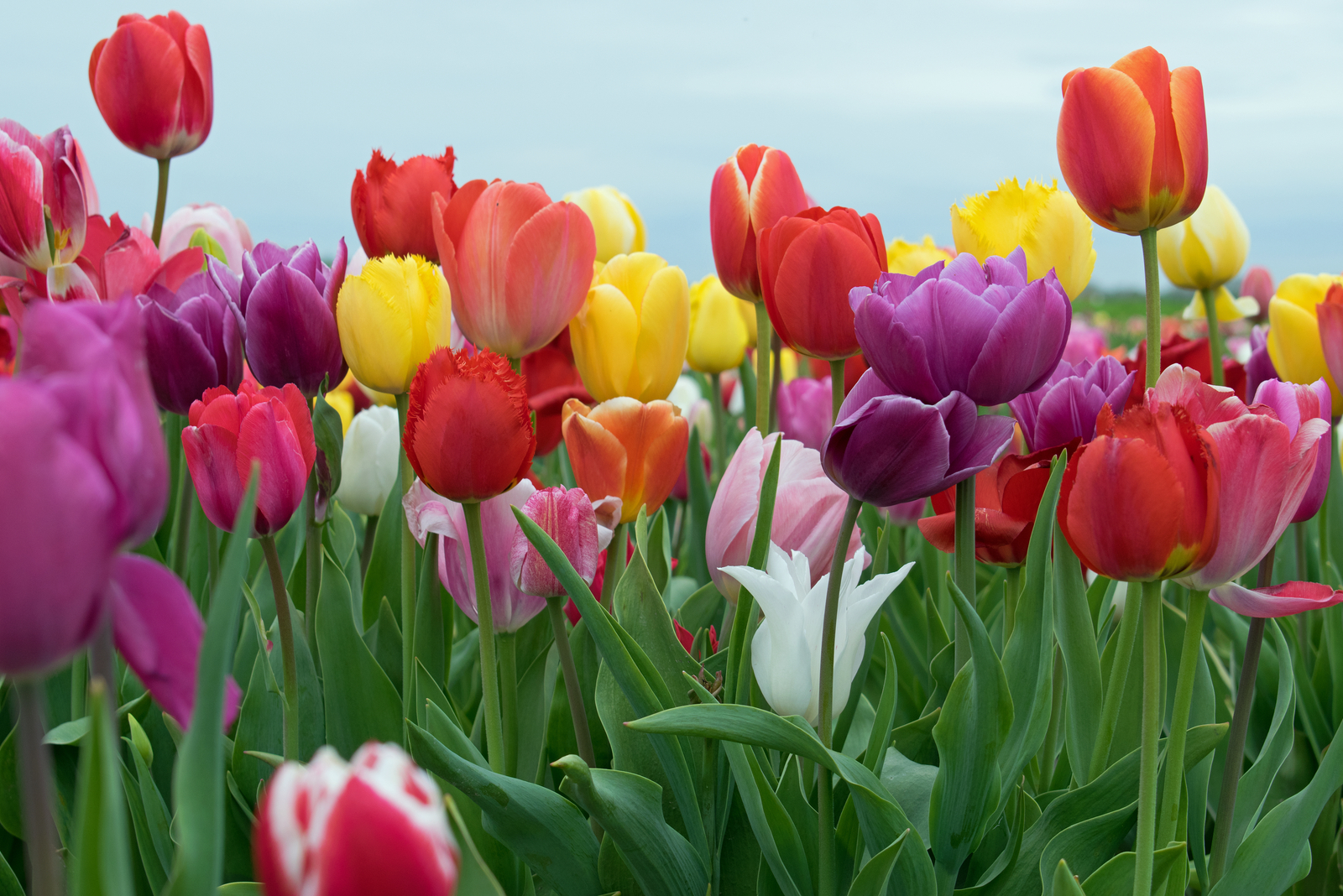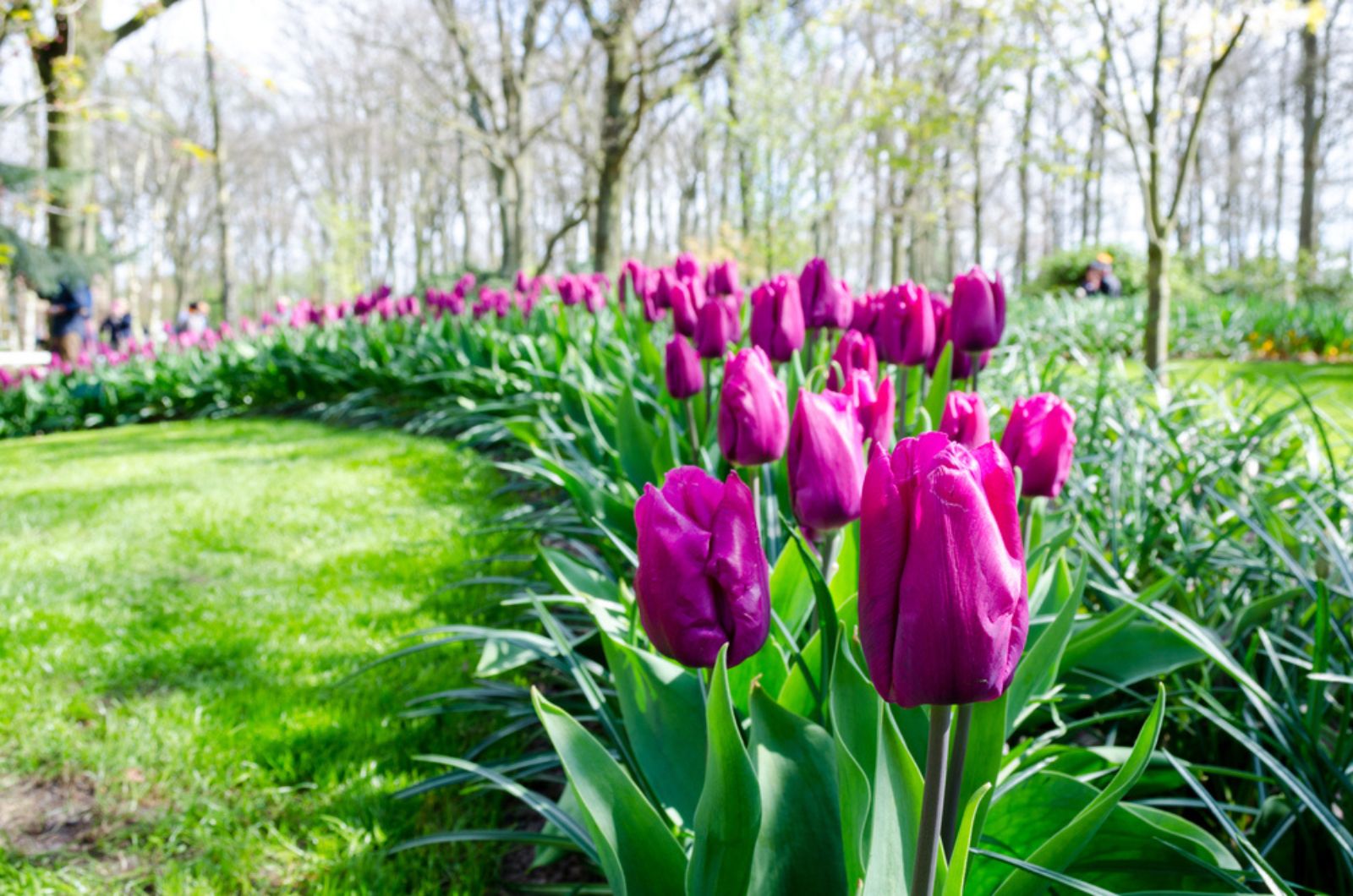As the vibrant blooms of spring tulips fade, you may be wondering if they’ll return next year or if it’s time to roll up your sleeves for some bulb replanting. Even though tulips are perennials, it doesn’t necessarily mean that they will come back year after year.
You can plant fresh tulip bulbs in the fall for the following spring, but you can also take a few measures to assist the growth and development of the current tulip bulbs in the years to come.
Let’s dig into the world of tulips and discover how to keep your garden bursting with color season after season.
The First Step Is Choosing The Right Tulip
Even though they’ve been growing in the U.S. for quite some time now, tulips are not native plants. In fact, they are quite picky when it comes to their growing requirements, which is why it is important to find the one that best suits your garden’s conditions.
For instance, if you want to grow spring tulips as perennials, you should choose a kind that will multiply easily – these will indicate whether they are naturalizing or perennializing. This implies that they will reappear and grow over time, leading to a thriving tulip garden.
I would advise you to compare different products and look into the details. Cultivated bulbs, including botanicals and crossbred strains, make the best products.
These are distinctive because they haven’t undergone as much cross-breeding as other varieties, which makes them more closely resemble the natural bulb and better suited to environmental changes.
On the other hand, numerous other tulip varieties have undergone cross-breeding, particularly to increase their perennialization potential. Carefully study the labels and keep an eye out for Darwin hybrids and Emperor tulips.
However, there might be some other tulip options in your local garden shop that suit your region best. If not, you can always look some up online!
You might be interested in: What’s The Popular Tulip Color Meaning And Symbolism?
Tips For Encouraging Tulips To Flourish
What about the tulips that are already there, though?
Luckily, you can always support their growing needs by taking a few simple measures. Let’s assume that you already have a good bulb that will probably become perennial.
The next stage would be to provide the environment that the bulb requires to thrive. For instance, they absolutely love full sun exposure. Additionally, they grow better when planted deeper into the ground, ideally several inches deep.
The bulbs should be planted in soil that drains well because each time they sit in the wet, root rot will develop, which almost always prevents growth. You should also make sure that the soil is rich in nutrients because bulbs store energy for the winter and multiply later on.
Use bone meal fertilizer once a year when planting new bulbs or those in the fall season.
You can also give your tulips a head start once they start blooming – this is done by cutting off the top portion of the plant or by deadheading once the petals fall away. This will let the plant save its energy for the bulbs instead of further growth and repair.
You might be interested in: 70 Tulip Quotes That Capture The Essence of Tulips



